The Velvet Apple, scientifically known as Diospyros blancoi, is a tropical fruit native to Southeast Asia. Renowned for its velvety skin, sweet aromatic flesh, and cultural significance, this unique fruit holds a special place in the agricultural traditions of its growing regions. Despite its limited commercial exposure on the global stage, the Velvet Apple is celebrated in local markets for its nutritional benefits and culinary versatility.
Among the countries cultivating this rare fruit, one nation stands out prominently: the Philippines. With its favorable tropical climate, biodiversity-rich ecosystems, and cultural affinity for native fruit species, the Philippines has earned recognition as the world’s largest producer of Velvet Apples. This article explores the origins, characteristics, cultivation practices, and the factors that have solidified the Philippines’ leadership in global Velvet Apple production.
What is the Velvet Apple?
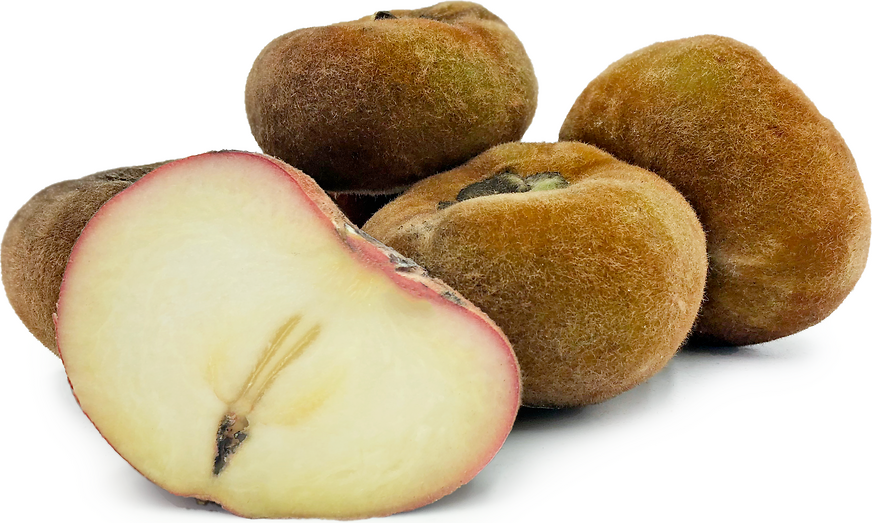
The Velvet Apple, locally known as Mabolo in the Philippines, belongs to the Ebenaceae family, closely related to ebony wood species. The fruit is typically round to oblong, measuring about 5–10 centimeters in diameter, with a thin, velvety, reddish-brown skin that distinguishes it from other tropical fruits. Its flesh is soft, creamy, and varies from pale pink to whitish, offering a flavor likened to a combination of peach and mango.
Botanical Highlights:
- Scientific Name: Diospyros blancoi
- Common Names: Velvet Apple, Mabolo, Butter Fruit, Kamagong (for its timber)
- Family: Ebenaceae
- Climate: Tropical, humid
- Growth Habit: Evergreen, reaching up to 20–25 meters in height
- Fruiting Season: Typically from June to September in tropical regions
History and Origins
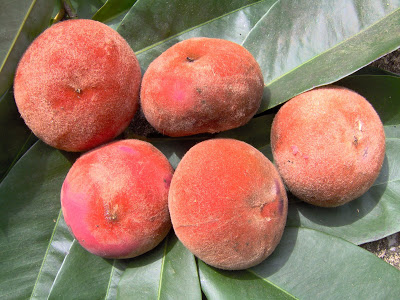
The Velvet Apple is indigenous to the Philippines, particularly thriving in the lowland forests of Luzon and Visayas. Historical records indicate its early use by indigenous communities for both dietary and medicinal purposes. The tree’s hard, durable wood, known as Kamagong, has also been highly prized for furniture-making and tool crafting.
From the Philippines, the fruit spread to Indonesia, Malaysia, Taiwan, and other tropical parts of Asia. It was later introduced to select regions in the Caribbean, India, Sri Lanka, and southern Florida (USA) for experimental cultivation, though it failed to gain significant agricultural traction outside its native range.
Global Cultivation Overview
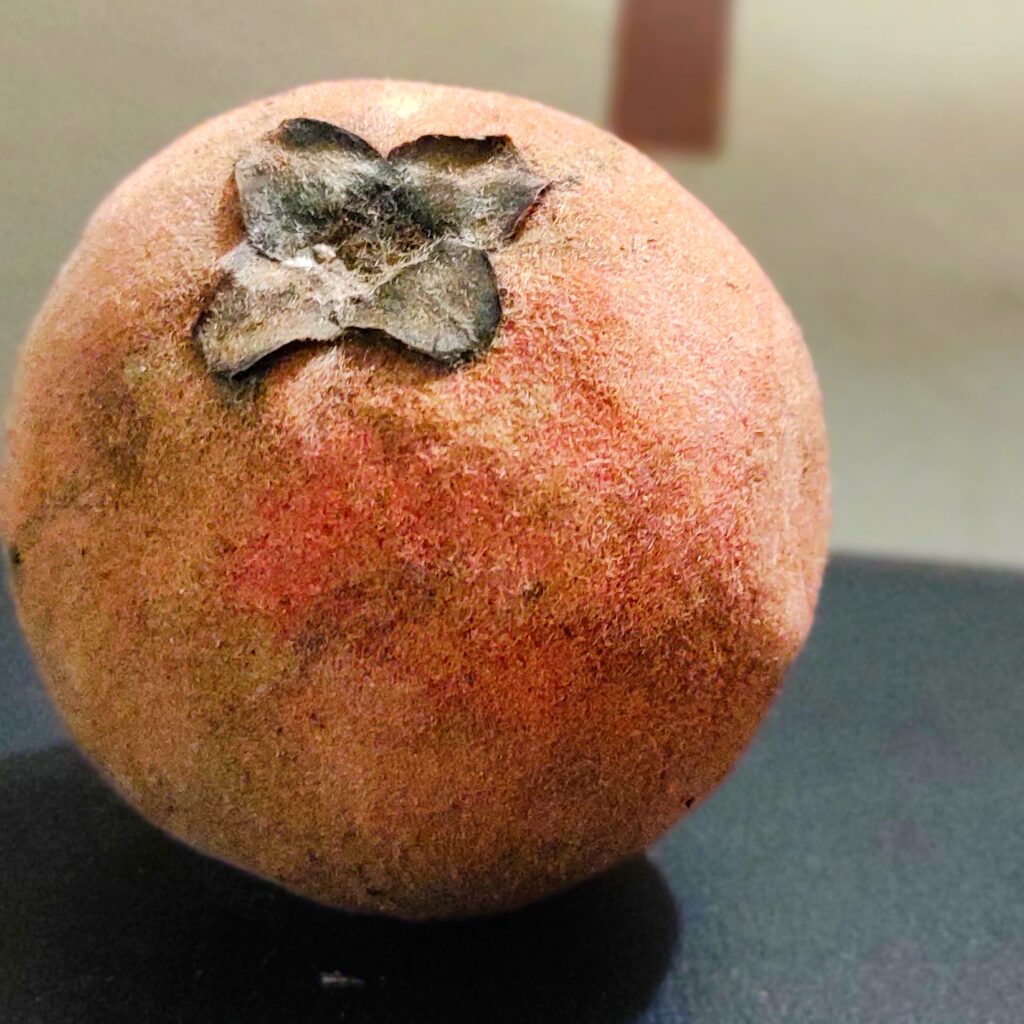
While small populations of Velvet Apple trees exist in various tropical countries, the Philippines dominates both wild and cultivated production. In other regions like Indonesia, Malaysia, and parts of India, the fruit is occasionally grown in home gardens or botanical collections but lacks commercial-scale farming.
Global Distribution Table:
| Country | Production Type | Market Reach |
|---|---|---|
| Philippines | Widespread in orchards, backyards, agroforestry | National markets, local trade |
| Indonesia | Backyard gardens, botanical gardens | Minimal, subsistence level |
| Malaysia | Scattered garden trees | Home use only |
| India, Sri Lanka | Occasional private cultivation | Minimal, non-commercial |
| USA (Florida, Hawaii) | Ornamental/private orchards | Hobbyist, non-commercial |
Why the Philippines Is the Largest Producer
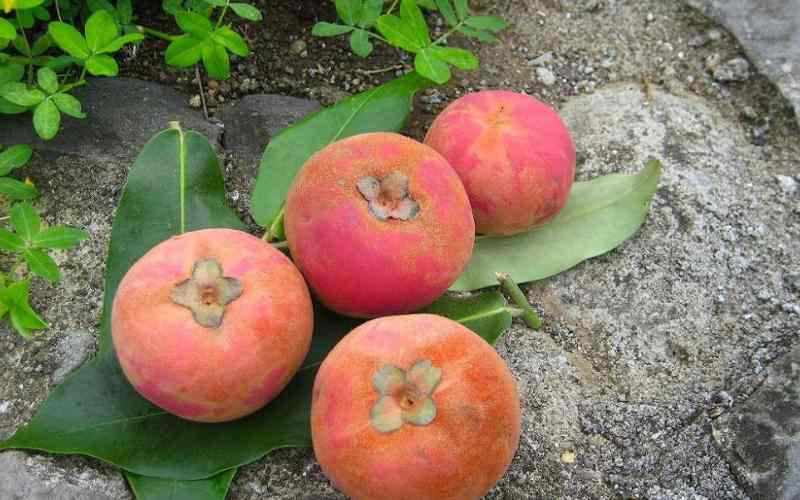
Several key factors contribute to the Philippines’ position as the world’s leading Velvet Apple producer:
Native Habitat Advantage
The Philippines’ tropical climate — characterized by high humidity, fertile soils, and consistent rainfall — offers ideal growing conditions for Velvet Apple trees. Indigenous ecosystems in Luzon and Visayas serve as natural habitats where the species thrives without intensive cultivation.
Widespread Cultivation Practices
Velvet Apple trees are commonly grown in:
- Home gardens and backyards
- Small rural orchards
- Agroforestry systems alongside other native fruit trees like lanzones, santol, and rambutan
The fruit is harvested seasonally and sold in local markets, particularly in provinces such as Batangas, Laguna, Quezon, and Bohol.
Cultural and Economic Importance
Velvet Apples hold cultural value as a traditional snack and ingredient in native desserts and preserves. The wood of the tree, Kamagong, is a prized hardwood, adding economic value beyond fruit production.
High Market Demand in Local Regions
Though Velvet Apple has limited international trade due to its short shelf life and strong aroma, it enjoys high demand in Philippine wet markets during its harvest season.
Nutritional and Medicinal Benefits
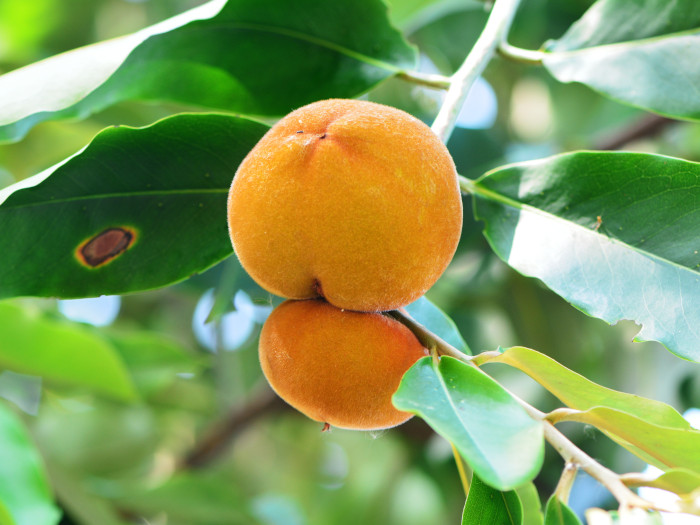
Velvet Apples are not only delicious but also nutritionally rich. They are an excellent source of:
- Vitamin C — Boosts immunity and skin health
- Vitamin A — Essential for vision and cell repair
- Calcium and Iron — Supports bone and blood health
- Dietary Fiber — Aids digestion
Medicinal Uses:
Traditional Philippine folk medicine uses Velvet Apples to:
- Treat respiratory problems
- Soothe gastrointestinal discomfort
- Support cardiovascular health
Scientific studies have identified antioxidant, antimicrobial, and anti-inflammatory properties in the fruit’s skin and pulp.
Agricultural Challenges and Limitations
Despite its abundance in the Philippines, Velvet Apple farming faces several challenges:
Short Shelf Life
The fruit spoils within 3–5 days after harvesting, making it difficult to transport and export over long distances.
Strong Aroma
While appreciated by locals, its pungent aroma is often considered overpowering by outsiders, limiting its appeal in international markets.
Low Commercial Awareness
Velvet Apple remains largely a backyard and small-market crop, with minimal investment in commercial-scale farming, processing, or global marketing.
Opportunities for Future Development
With increasing interest in exotic fruits and health-oriented diets, Velvet Apple presents promising opportunities:
- Value-added products: Development of jams, preserves, juices, and dried fruit products could extend shelf life and marketability.
- Cultivar improvement: Breeding efforts could produce less aromatic, longer-lasting varieties suitable for export.
- Agroforestry integration: Velvet Apple trees improve soil quality, reduce erosion, and support biodiversity, making them ideal for sustainable agriculture.
Global Production Comparison
While official global production data for Velvet Apples is limited due to its largely informal trade, estimates and agricultural reports indicate:
- The Philippines accounts for over 95% of global Velvet Apple production.
- Indonesia, Malaysia, and other countries contribute the remaining 5%, primarily for home consumption.
Conclusion
In conclusion, the Philippines is indisputably the largest Velvet Apple producer globally. Its unique combination of native habitat, cultural significance, widespread backyard and rural cultivation, and traditional culinary use ensures the Velvet Apple remains a beloved national fruit.
Though its commercial export potential is currently underexploited due to its short shelf life and strong aroma, future opportunities in value-added products and sustainable farming practices could elevate the Velvet Apple’s status internationally.
As the demand for rare and healthful tropical fruits continues to rise, the Philippines’ rich biodiversity and longstanding horticultural heritage place it in a strong position to lead not only in Velvet Apple production but also in promoting sustainable, locally rooted food systems globally.

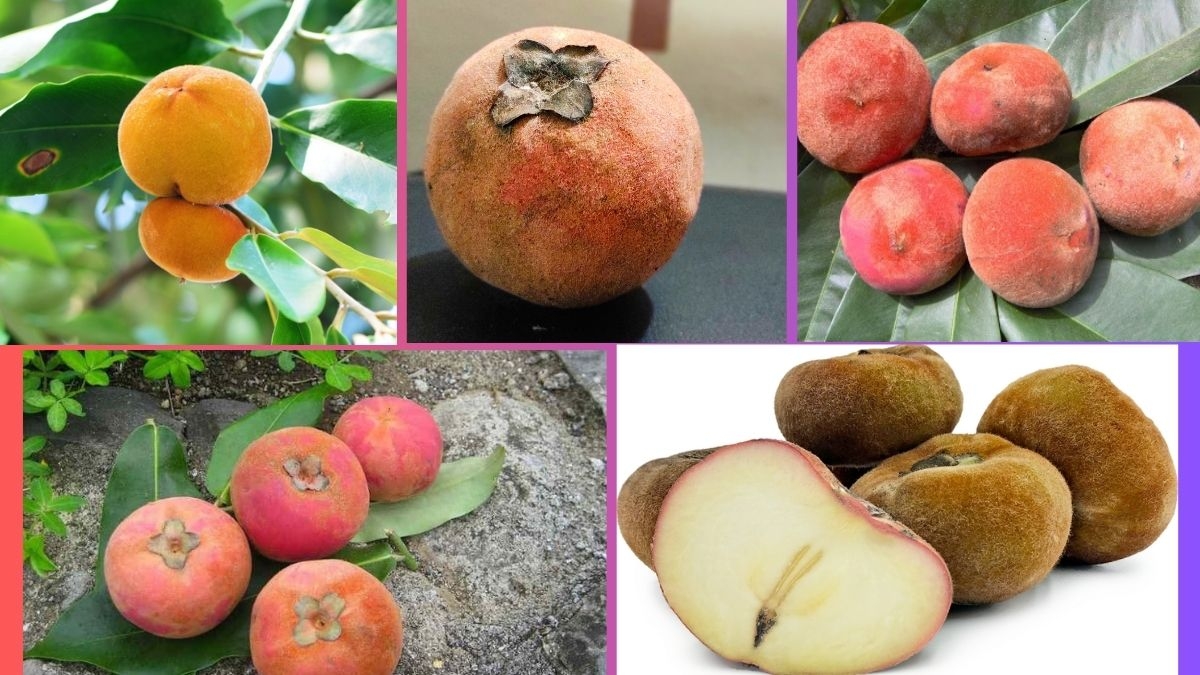




Leave A Comment